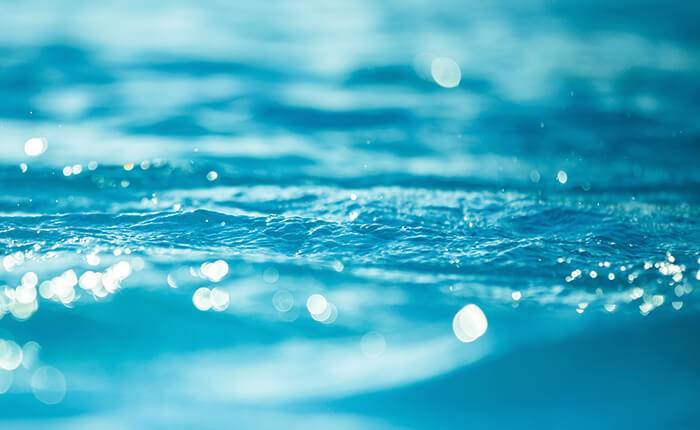loka . 02, 2024 15:25 Back to list
pvc pipe coupling
Understanding PVC Pipe Couplings A Comprehensive Guide
Polyvinyl chloride (PVC) has become a staple material in plumbing, construction, and various industrial applications due to its durability, flexibility, and resistance to corrosion. Among the many components used in PVC piping systems, PVC pipe couplings play a critical role. This article serves as an introduction to PVC pipe couplings, exploring their types, applications, and installation.
What Are PVC Pipe Couplings?
PVC pipe couplings are fittings designed to connect two pieces of PVC pipe together. They come in several configurations to accommodate various plumbing needs, making them essential components in many systems. By providing a secure and leak-proof seal, these couplings help ensure the efficient flow of liquids and gases. Additionally, they simplify pipe repairs, extensions, and modifications.
Types of PVC Pipe Couplings
1. Straight Couplings These are the most common type of couplings, used to connect two pipes of the same diameter. They create a continuous run in piping systems, making them ideal for long stretches of pipe.
2. Reducer Couplings These couplings are designed to connect pipes of different diameters. They allow for a smooth transition from a larger pipe to a smaller one, ensuring efficient flow and reducing turbulence.
3. Female/Male Couplings Female couplings have internal threads, while male couplings have external threads. These are used when a secure threaded connection is necessary, often in applications where pipes need to be dismantled for maintenance.
4. Cap Couplings These are designed to stop the flow at the end of a piping run. They are essential for capping unfinished projects or preventing backflow in irrigation systems.
pvc pipe coupling

5. Tee and Elbow Couplings These fittings allow for branching off from a main pipeline (tee) or redirecting the flow at various angles (elbow), enhancing the versatility of PVC systems.
Applications of PVC Pipe Couplings
PVC pipe couplings are utilized in various applications, including residential plumbing, irrigation systems, and industrial processes. In residential settings, they are commonly used in drainage and waste management systems, ensuring efficient and leak-free connections. In irrigation, these couplings enable the construction of extensive piping networks for water distribution.
Industries such as chemical processing, healthcare, and food and beverage manufacture also rely on PVC couplings due to their resistance to corrosion and chemicals. These properties make them ideal for transporting various fluids without compromising integrity.
Installation Considerations
Installing PVC pipe couplings is relatively straightforward, making them accessible for both professionals and DIY enthusiasts. Before installation, it is essential to ensure that the pipes are clean and free of debris. Cut the pipe ends to the right length and apply PVC cement for a secure bond. It's crucial to follow the manufacturer's guidelines for curing time to ensure a leak-proof seal.
Conclusion
PVC pipe couplings are indispensable in modern piping systems, offering versatility and reliability. Understanding the different types of couplings and their applications can significantly enhance plumbing efficiency and longevity. Whether in residential, agricultural, or industrial contexts, proper use and installation of PVC couplings ensure the smooth operation of piping systems while minimizing the risk of leaks and failures. By investing in high-quality couplings and adhering to best practices, users can enjoy the many benefits that PVC offers in plumbing and construction.
-
Durable PP Rigid Sheet: Versatile & High-Quality Plastic Panels
NewsAug.08,2025
-
Premium Glossy PP Rigid Sheet – Durable & Versatile
NewsAug.07,2025
-
High-Quality HDPE Sheet | Durable Plastic Panels
NewsAug.06,2025
-
High-Precision PVC Rigid Sheets for Vacuum Forming | AI-Optimized
NewsAug.05,2025
-
Durable PVC-M Water Supply Pipes | 60-Year Life
NewsAug.04,2025
-
Premium HDPE Water Supply Pipes: Durable & Leak-Proof
NewsAug.03,2025

